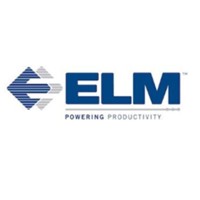
Elm Electrical, Inc.
Elm Electrical, Inc. is a diversified automation, construction, and electrical services provider that has been serving customers throughout the Northeast since 1971. Elm offers a broad portfolio of solutions from a single source, which includes: Automated Manufacturing and Distribution Systems. Design and Build Construction Services. Machinery and Mechanical Solutions. Control Panel Assembly Services. 24-7 Service and Support






